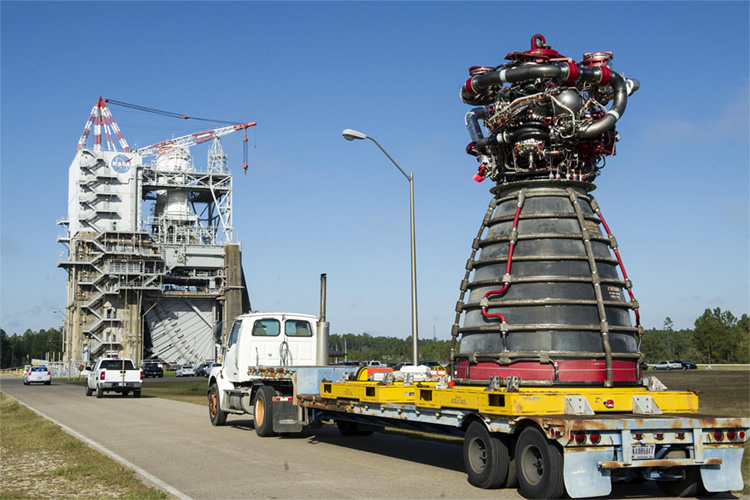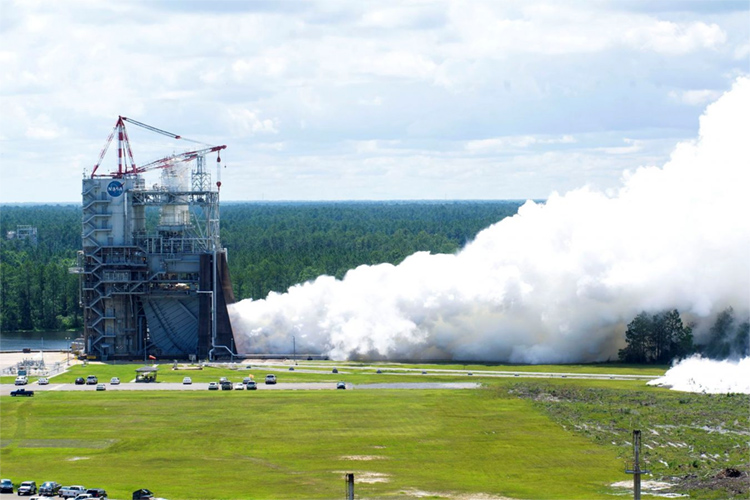Did you know that NASA's RS-25 engine generates water vapor so dense that it can actually fall like rain?
There was a rumor circulating that the National Aeronautics and Space Administration (NASA) was creating a secret "cloud-generating machine" program to manipulate the climate.
The fake news went viral and gained extra exposure when Top Gear host Jeremy Clarkson headed to Stennis Space Center in Mississippi and witnessed "NASA playing God."
What happened? Sixty minutes after an RS-25 engine test, it started raining.
Social media quickly developed conspiracy theories - "NASA is about to create hurricanes and control weather," or the "US space agency was doing geoengineering."
In the end, we all understood that NASA was not trying to create rain artificially or studying the generation of clouds. At least, there's a good reason for using the RS-25.
The RS-25 and the Space Launch System
For three decades, the RS-25 propelled the Space Shuttle. Now, this powerful engine has been modified and selected for the Space Launch System (SLS) for its high performance and reliability.
When the SLS is launched, its four RS-25 engines fire non-stop for 8.5 minutes.
These proven engines, plus two solid rocket boosters, make SLS the most powerful rocket in the world.
Four RS-25 engines on the core stage give Space Launch System two million of its 8.8 million pounds of thrust.

Each of RS-25's four turbopumps has dozens of turbine blades. Just one blade the size of a quarter on the high-pressure fuel turbopump generates more horsepower than a Corvette engine.
The RS-25 engine was designed and built by Aerojet Rocketdyne in California.
The structure was assembled and tested in Mississippi, integrated with the core stage in Louisiana, and transported by barge to Florida for launch.
It is 14 feet tall and 8 feet in diameter. The RS-25 engine is about the size of a compact car and weighs 8,000 pounds.
The RS-25 operating temperatures range from -423F to 6,000F.
The hot gases exit the RS-25 nozzle at 13 times the speed of sound, i.e., fast enough to travel from Los Angeles to New York in 15 minutes.
How Does It Work?
Four powerful turbopumps create immense pressure that controls the flow of liquid hydrogen (LH2) and liquid oxygen (LOX) into the combustion chamber.
The primary combustion chamber combines fuel and oxygen in the heart of the engine. Then, the nozzle directs the flow and increases the velocity of the exhaust.
The engine controller monitors engine conditions and operates the valves, pumps, and actuators that control thrust.
The exhaust coming out of the RS-25 is nothing but clean water vapor. So, technically, it can become rain minutes after leaving the engine.
